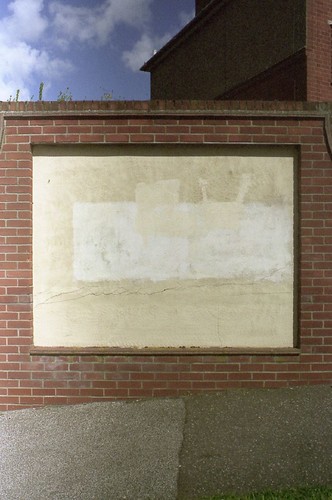Having not followed gear much for a few years, this is an amazing time to pop your head out from under a rock…
Streaming video is standard on DSLRs. Sensors are amazing. Low-light performance is amazing. Noise reduction is amazing. Lightroom… ok, can’t win ’em all. Image stabilization is amazing. Lenses are amazing. Amazing lenses designed for digital on amazing sensors are amazing. Memory cards and bus speeds are amazing. Li-ion battery capacities are amazing. Autofocus speeds are amazing. More than enough megapixels for almost all work.
Holy cow.
